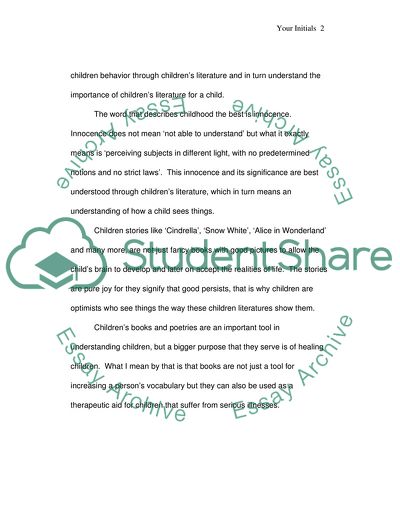Cite this document
(“Treat Children with a Source of Information Term Paper”, n.d.)
Treat Children with a Source of Information Term Paper. Retrieved from https://studentshare.org/literature/1720086-research-paper
Treat Children with a Source of Information Term Paper. Retrieved from https://studentshare.org/literature/1720086-research-paper
(Treat Children With a Source of Information Term Paper)
Treat Children With a Source of Information Term Paper. https://studentshare.org/literature/1720086-research-paper.
Treat Children With a Source of Information Term Paper. https://studentshare.org/literature/1720086-research-paper.
“Treat Children With a Source of Information Term Paper”, n.d. https://studentshare.org/literature/1720086-research-paper.


